In this new section, our attempt is to provide a round-up of the latest research in various topics for the benefit of our readers to facilitate quick review on the go.
In this issue, we have provided a small snapshot on the latest clinical research in Interstitial Cystitis/Bladder Pain Syndrome (IC/BPS):
- In a systematic review on surgical interventions for IC/BPS, Lastoria et al found no evidence that hydrodistension and resiniferatoxin injections can ameliorate symptoms. Sacral neuromodulation, cystectomy, and transurethral resection/fulguration of Hunner lesions have been found to lead to symptomatic relief. Further research into the efficacy of Botox A, triamcinolone, 50% DMSO solution, and HA instillations is required. However, most studies had a low level of evidence and further research should report outcomes for Hunner-type IC and BPS separately given their differing histopathological characteristics.
- In a study on the 14-year follow-up of supratrigonal cystectomy and augmentation cystoplasty with ileum or ileocecum in the treatment of ulcerative IC/BPS in 27 patients, Queissert et al found the surgery to be curative with a high satisfaction rate in some patients (‘very much better’ in 65.2% patients and ‘much better’ in 30.4% patients on patient global impression of improvement scale). 52.2% patients emptied their augmented bladder voluntarily, whereas 32% needed intermittent self-catheterization. The need for intermittent self-catheterization is a risk factor for late relapse (19.2% patients).
- Longer duration of use of pentosan polysulfate sodium is associated with an increased risk of maculopathy. In a retrospective study (3 years follow up) of a cohort of mutually exclusive PPS users (6,221) and amitriptyline users (89,744) selected from the PharMetrics Plus database from 2006 to 2020, Bae et al reported that the adjusted hazard ratio (HR) for maculopathy was 2.64 while the HR for the sensitivity analysis that combined maculopathy and age-related macular degeneration was 1.38. They observed a cumulative duration-response pattern: use > 3 years was associated with a 9.5-fold risk of maculopathy (HR = 9.56) compared to a 2.3-fold risk with use for 1 year or less (HR = 2.27).
- The prevalence of OAB symptoms of urinary leakage is high among women with IC/BPS. In a cohort of 144 women studied prospectively, 69% had urgency incontinence. IC/BPS patients were more likely to have incontinence compared with healthy controls (p < 0.001). IC/BPS patients had high total and pain scores on F-GUPI questionnaire, but the pain scores were not affected by the presence of incontinence (p = 0.478).
- In a study in 641 women who met the criteria for IC/BPS on whether medication prescription patterns follow guidelines, Tholemeier et al found that only 67% were prescribed an American Urological Association-recommended medication. Prescription prevalence increased after diagnosis for both pentosan polyslfate (10% - 29%) and hydroxyzine (17% to 40%), but not for amitriptyline or cimetidine. They concluded that many women with IC/BPS require multiple bladder prescriptions, highlighting the difficulty in finding an effective treatment for the condition.
REFERENCES
Lastoria DAA, Raison N, Aydin A, Khan S, Dasgupta P and Ahmed K. Comparing surgical interventions for interstitial cystitis: A systematic review. Low Urin Tract Symptoms. 2022. doi: 10.1111/luts.12441.
Queissert F, Bruecher B, van Ophoven A, Schrader AJ. Supratrigonal cystectomy and augmentation cystoplasty with ileum or ileocecum in the treatment of ulcerative interstitial cystitis/bladder pain syndrome: a 14-year follow-up. IUJ. 2022. doi: 10.1007/s00192-022-05110-y.
Bae SS, Sodhi M, Maberley D, Kezouh A, Etminan M. Risk of maculopathy with pentosan polysulfate sodium use. Br J Clin Pharmacol. 2022. doi: 10.1111/bcp.15303.
Dubinskaya A. Tholemeier LN, Erickson T, De Hoedt AM, Barbour KE, Kim J, Freedland SJ, anger JT. Prevalence of Overactive Bladder Symptoms Among Women with Interstitial Cystitis/Bladder Pain Syndrome. Female Pelvic Med Reconstr Surg. 2022;28(3): e115-e119.
Tholemeier LN, Bresee C, De Hoedt AM, Barbour KE, Kim J, Freedland SJ, Anger JT. Do medication prescription patterns follow guidelines in a cohort of women with interstitial cystitis/bladder pain syndrome? Neurourol Urodyn. 2022. doi: 10.1002/nau.24923.




